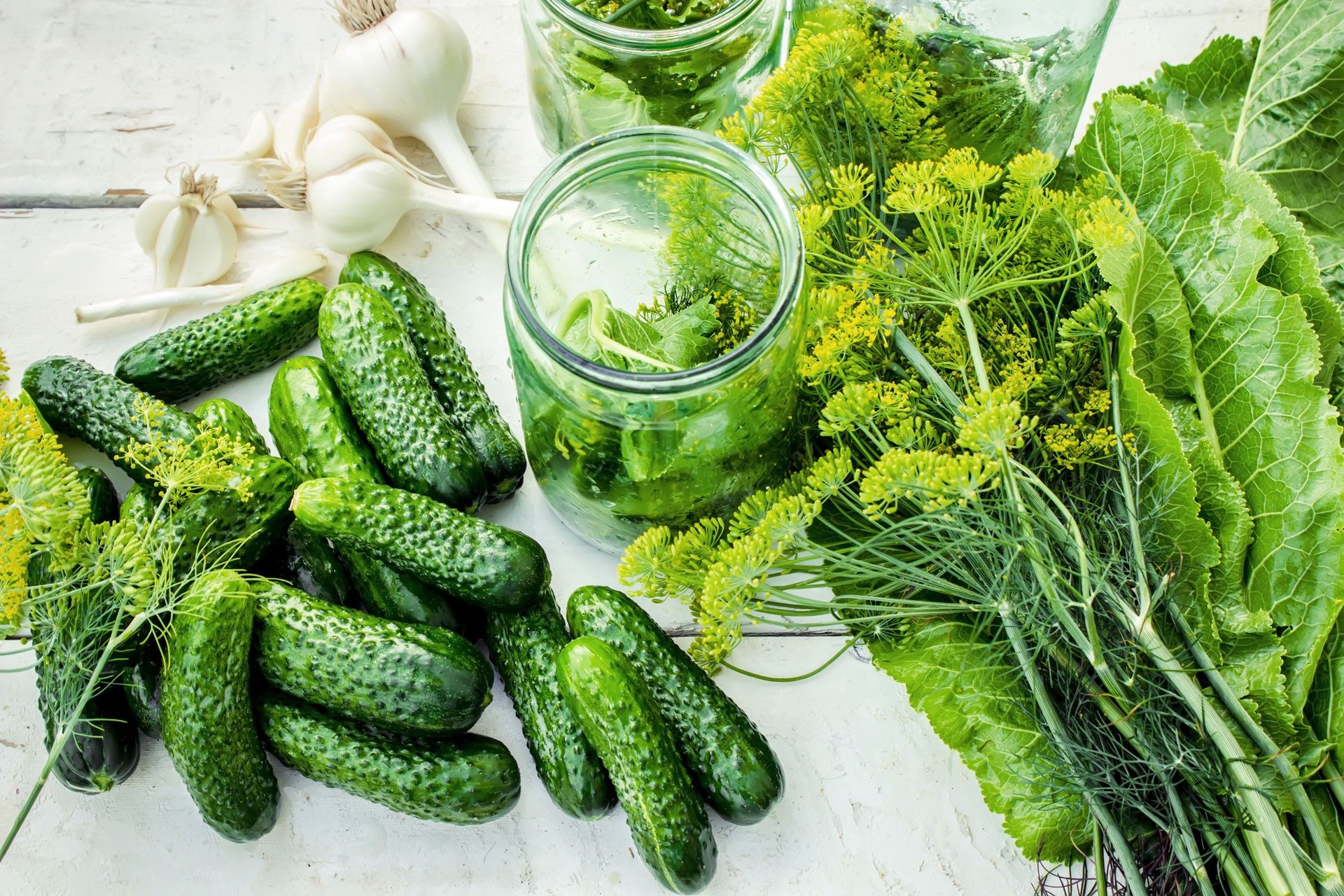Real Food Encyclopedia | Green Bean (Snap Bean)
You might know snap beans by the name string beans or, when green, green beans. The family name of the snap bean is Phaseolus vulgaris, also known as the common bean. When the pod is young, tender and edible, it’s called a snap bean. As the pod hardens, the seed inside develops into what we know as a “shell bean.” (Dried versions of shell beans include kidney, navy and black beans.)
The snap bean’s fibrous “string” on its side earned it the name “string bean,” but in the 1890s, a string-less variety was bred. Although the bean is best characterized by its audible snap, the name “string bean” lives on in many parts of the country and the name “snap bean” has been very slow to catch on. Even more curious, not all snap beans are green, despite the “green bean” nomenclature as they’re available in shades of yellow, purple and speckled violet.
Of the green snap beans (aka, “green beans”), the most commonly known variety is the Blue Lake, which has a fairly meaty texture. Its slender, often more expensive sister is the haricot vert, aka the French green bean.
The Italians have the Romano bean (aka, Italian flat bean) which comes in green as well as yellow. They are more difficult to find, but the intrepid shopper will be rewarded with one of the meatiest snap beans in the bunch.
What looks like a yellow “green bean” is the wax bean, which isn’t waxy at all but is a delightfully tender and sweet morsel, raw or cooked. Also available in purple (which by the way, revert to green when cooked).
Did you know?
- The snap bean is thought to have originated in Central and South America; the Aztecs referred to it as ayecotl, which morphed into the word haricot when the French got a taste of it.
- Native Americans have traditionally grown snap beans along with corn and squash, a planting trio known as the “Three Sisters.” Together, they are a complete source of protein.
What to look for when buying snap beans
A snap bean should show a snappy crispness when bent in half. It should be free of blemishes and mold, and the pod should be not be hard or dried out.
Sustainability of snap beans
Snap beans are on the Environmental Working Group’s Shopper’s Guide to Pesticides in Produce with fairly high levels of pesticide residue. At the supermarket, buy organic. At the farmers’ market or farm stand, ask the grower how the beans are grown and if they’re sprayed.
Seasonality
Depending on your location, you can find fresh snap beans at the market for some window between about May to September.
Eating snap beans
Storing
They are fairly perishable and need to be used within two to three days of purchase. Otherwise, boil for one to two minutes, drain under running cold water, pat dry, then place in a zip-style bag and freeze.
Cooking
If all you’ve ever done is boil or steam a bunch of snap beans, try roasting for 8 to 10 minutes at 400 degrees (slathered with olive oil and sprinkled with salt) or stir-frying for 3 to 4 minutes until charred. They love a splash of soy sauce or fresh lemon juice or a sprinkling of chopped mint or basil. They also love to be tossed in a bowl with walnuts and halved cherry tomatoes. Don’t miss out on the low and slow cook either!
Preserving
The snap bean season is fairly long, extending to early fall, depending where you live. If you know you’ll be craving a fresh snap bean casserole at Thanksgiving, consider blanching and freezing a batch of beans. Or make pickled snap beans!
Nutrition
The snap bean is super low in calories, clocking in at 31 calories for one cup of raw beans. It’s a terrific source of fiber and Vitamin C (10 and 20 percent of RDA respectively), plus folate, calcium and iron.
Top photo by Robert Keenan/Adobe Stock.


